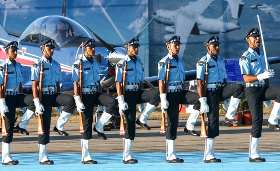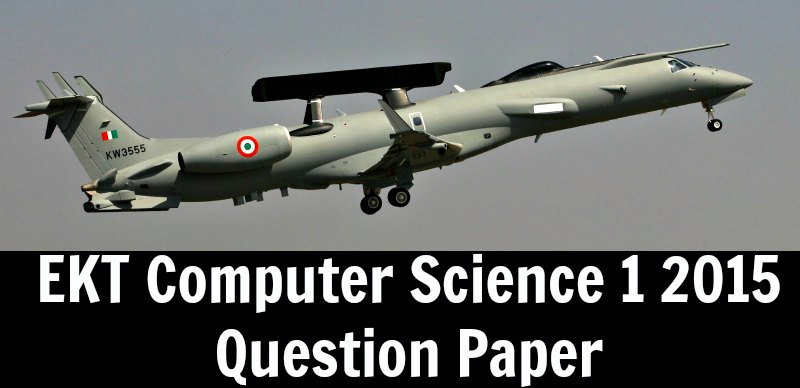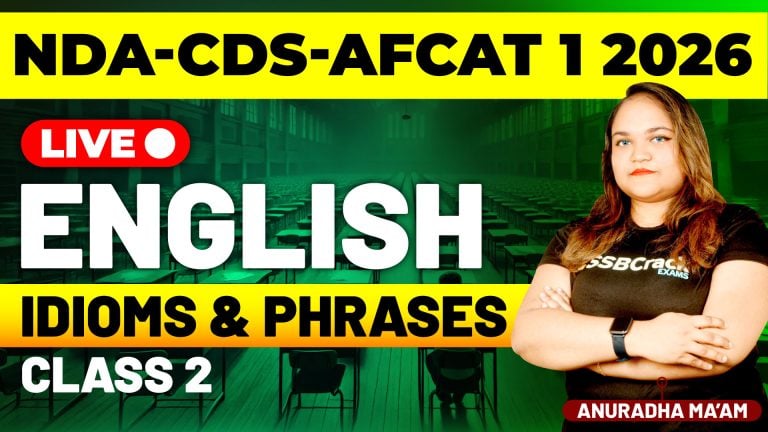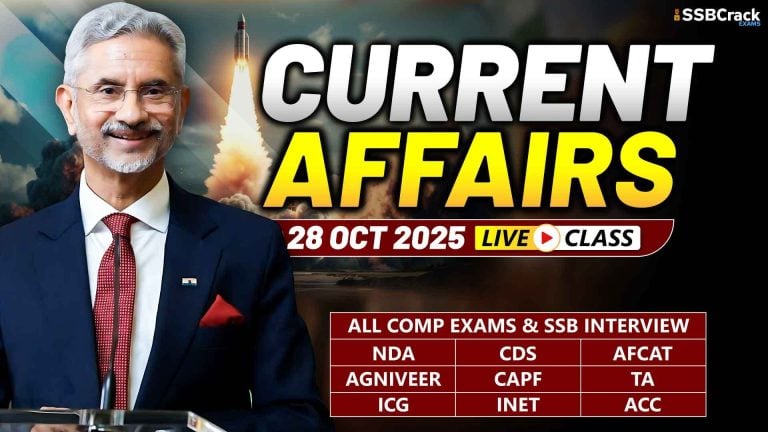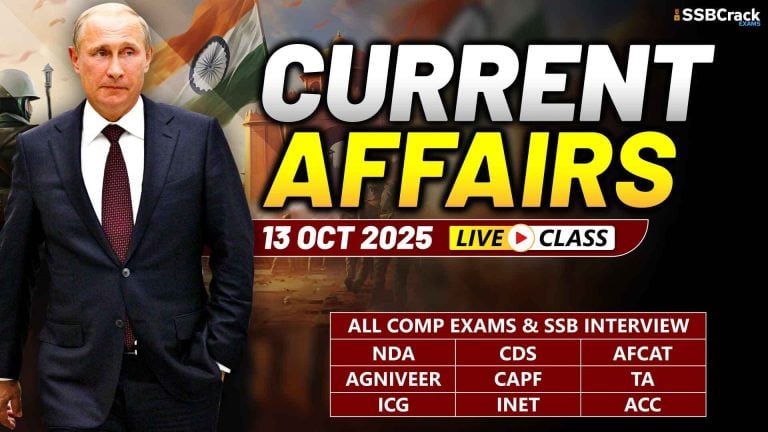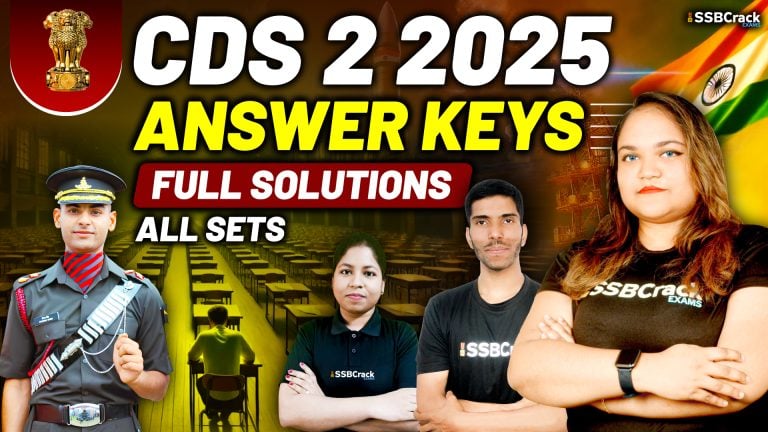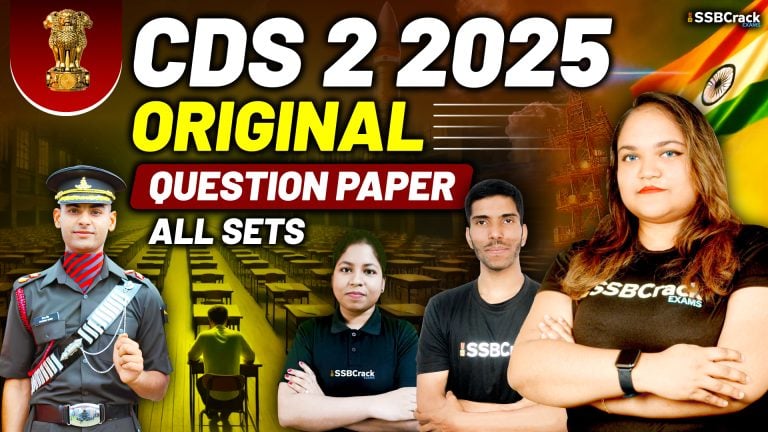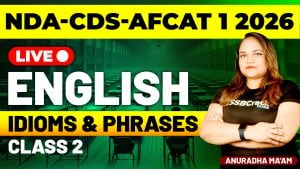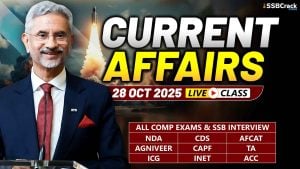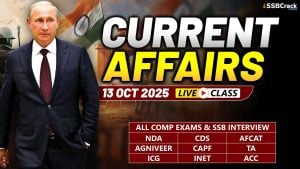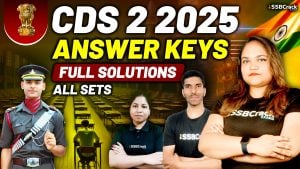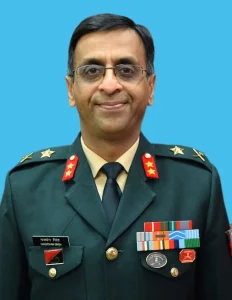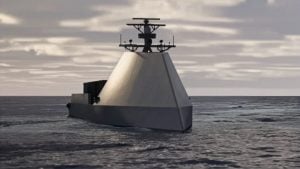On 22 Feb 2015 Indian Air Force conducted its AFCAT Engineering Knowledge Test EKT 1 2015 for computer science stream. Candidates all over the nation attempted this test on their respective test centers. Candidates who have applied for technical branch need to attempt this test, a candidate need to have at-least 60 percent marks in aggregate in all papers put together and studied at least eight subjects out of the eighteen subjects listed below in their qualifying exam to be eligible for technical branch entry.
(L1) Physics / Engineering Physics (L2) Mathematics / Engineering Mathematics (L3) Engineering Graphics / Engineering Drawing (L4) Electrical Engineering / Electrical Technology (L5) Control Engineering (L6) Microprocessors (L7) Digital Electronics / Basic Electronics (L8) Computer Networks (L9) Information Technology (L10) Network Theory Design (L11) Telecommunication Systems (L12) Electronic Circuit Design (L13) Radar Theory (L14) Switching Theory (L15) Instrumentation (L16) Microwave Engineering (L17) Antenna and Wave Propagation (L18) Electronic Devices.
EKT Computer Science 1 2015 question paper pattern
EKT Computer Science 1 2015 question paper pattern depends on the syllabus of the particular stream say in this case is computer science, In it consider all the basic concept in the syllabus (give below) EKT consider the possible basic question on those concepts to test the candidate on general basic core knowledge of the stream.
EKT Computer Science 1 2015 question paper syllabus
Engineering Mathematics, Engineering Physics, Engineering Drawing, Analog and Digital Electronics, Electronic Devices, Computer Networks, Network Theory Design, Switching Theory, Information Technology, Electrical Engineering, Control Engineering, Telecommunication Systems, Microwave Engineering, Antenna and Wave Propagation, Radar Theory and Instrumentation.
EKT Computer Science 1 2015 question paper
Click on the link given below to download EKT Computer Science 1 2015 question paper. There are total 50 questions in EKT 1 2015 paper and each have question is allotted 3 marks for correct answer and -1 marks for wrong answer.
Below given questions are from EKT Computer Science 1 2015 question paper.
Q1. If the centre of a circle is (-6,8) and it passes through the origin, then equation to its tangent at the origin is
(a) 2y=x
(b) 4y=3x
(c) 3y=4x
(d) 3x+4y=0
Q2. The liquid is flowing separately through each of two pipes whose diameters are in the ratio of 2:1, if the ratio of the velocities of flow in the two pipes by 1:2, then the ratio of the amounts of the liquid flowing per sec through the pipe will be
(a) 2:1
(b) 1:1
(c) 4:1
(d) 1:8
Q3. If then the derivative of f (x) at x=3 is
(a) 6
(b) 7
(c) 8
(d) -8
Q4. Given P(A) = 1/4, P(B)=1/3 and P(AUB)= 1/2. Value of P(A/B) is
(a) 1/4
(b) 1/3
(c) 1/6
(d) 1/7
Q5. The angle between two vectors a = i+2j-k and b=2i+j+k is
(a) 30 deg
(b) 45 deg
(c) 60 deg
(d) 90 deg
Q6. Newton is unit of force. It is the unit in
(a) MKS system
(b) CGS system
(c) FPS system
(d) None of these
Q7. A Farad is defined as
(a) stat coulomb /volt
(b) coulomb/volt
(c) coulomb x volt
(d) stat coulomb x volt
Q8. Permeance of a magnetic circuit corresponds to the following quantity in electrical circuit
(a) conductivity
(b) resistivity
(c) conductance
(d) resistance
Q9. Hydrometer is an instrument for measuring
(a) relative humidity
(b) pressure of water
(c) volume of liquids
(d) specific gravity
Q10. Radioactivity is a property of
(a) atomic nuclei
(b) excited electron
(c) gamma rays
(d) ultraviolet light
Q11. If a plane is parallel to the plane of projection, it appears
(a) true size
(b) as a line or edge
(c) foreshortened
(d) as an oblique surface
Q12. How is a J-K Flip Flop made to toggle
(a) J=0, K=0
(b) J=1, K=0
(c) J=0, K=1
(d) J=1, K=1
Q13. No. of flip-flops used in decade counter
(a) 3
(b) 2
(c) 4
(d) None of these
Q14. The decimal equivalent of the hexadecimal number E5 is
(a) 279
(b) 229
(c) 427
(d) 3000
Q15. Which part of the computer is used for calculating and comparing?
(a) Disk unit
(b) Control unit
(c) ALU
(d) Modem
Q16. A CPU’s processing power is measured in
(a) IPS
(b) CPS
(c) MIPS
(d) nano-seconds
Q17. Which computer memory is volatile?
(a) RAM
(b) ROM
(c) EPROM
(d) PROM
Q18. The computer code for the interchange of information between terminals is
(a) ASCII
(b) BCD
(c) EBCDIC
(d) All of these
Q19. Which of the following is not a sequential storage device?
(a) Magnetic disk
(b) Magnetic tape
(c) Paper tape
(d) All of these
Q20. The data recording area between the blank gaps on magnetic tape is called a/an.
(a) record
(b) block
(c) field
(d) database
Q21. On a systems flowchart, the online manual keeping of input data is identified by using the
(a) online storage symbol
(b) online keyboard symbol
(c) keeping operation symbols
(d) manual operation symbols
Q22. An example of a hierarchical data structure is
(a) array
(b) link list
(c) tree
(d) ring
Q23. Which of the following system software does the job of merging the records from two files into one?
(a) security software
(b) utility program
(c) networking software
(d) documentation system
Q24. Virtual Memory
(a) is a method of memory allocation by which the program is subdivided into equal portions, or pages and core is subdivided into equal portions or blocks
(b) consists of those addresses that may be generated by a processor during execution of a computation
(c) is a method of allocating processor time
(d) allows multiple programs to reside in separate areas of core at the time
Q25. Which is a permanent database in the general model of compiler?
(a) literal Table
(b) identifier Table
(c) terminal Table
(d) source code
Q26. Operating system functions may include
(a) input/output control
(b) virtual storage
(c) multi-programming
(d) all of these
Q27. Moving process from main memory to disk is called
(a) scheduling
(b) caching
(c) swapping
(d) spooling
Q28. In which addressing mode the contents of a register specified in the instruction are first decremented, and these contents are used as the effective address of the operands?
(a) index addressing
(b) indirect addressing
(c) auto increment
(d) auto decrement
Q29. In order to allow only one process to enter its critical section, binary semaphore are initialized to
(a) 0
(b) 1
(c) 2
(d) 3
Q30. The outstanding Invoice file should be stared on a Pardon Access Storage Device if
(a) invoice data entry is on-line
(b) payment recording is done in a batch rode
(c) inquiries concerning payable are to be answered on-line
(d) last record points to the first record
Q31 In SQL, which command(s) is/are used to enable/disable a database trigger?
(a) ALTER TRIGGER
(b) ALTER DATABASE
(c) ALTER TABLE
(d) MODIFY TRIGGER
Q32. The modify operation is likely to be done after
(a) Delete
(b) Look-up
(c) Insert
(d) all of these
Q33. Which of the following is not a logical data-base structure?
(a) tree
(b) relational
(c) network
(d) chain
Q34. Which of the following tools is not used in modeling the new system?
(a) decision tables
(b) data dictionary
(c) data-flow diagrams
(d) all of these
Q35 Difference between Decision-Tables and Decision Tree is (are)
(a) value to end user
(b) form of representation
(c) one shows the logic while other shows the process
(d) all of the above
Q36. The reservation system of Indian railways is an example of
(a) transaction processing system
(b) interactive decision support system
(c) management controls system
(d) expert system
Q37. The network layer, in reference to the OSI model, provide
(a) data link procedures that provide for the exchange of data via frames that can be sent and received (b) the interface between the X.25 network and packet mode device
(c) the virtual circuit interface to packet-switched service
(d) all of the above
Q38. Which of the following is an important characteristic of LAN?
(a) application independent interfaces
(b) unlimited expansion
(c) low cost access for low bandwidth channels
(d) parallel transmission
Q39. Which of the following TCP/IP protocol is used for transferring electronic mail messages from one machine to another?
(a) FTP
(b) SNMP
(c) SMTP
(d) RPC
Q40. The slowest transmission speeds are those of
(a) twisted-pair wire
(b) coaxial cable
(c) fiber-optic cable
(d) microwaves
